INTRODUCTION
Are you looking for a precise definition of the term “Baking Industry”, a term used more and more in news articles and economic reports ? Do you want to learn about the range of products made in the industrial baking sector called “BVP sector” in French for “Boulangerie, Viennoiserie, Pâtisserie”? If so, the aim of this article is to respond to your questions and help you to get to know the sector and its products.
Before getting into a detailed list of industrial baking products, here is a quick outline of the sector.
The Baking or Bakery Industry is made up of artisanal and industrial producers, distributors as well as the products and processes involved in the production of all types of baked goods.
The main players in the business are:
- Craftsmen bakers (big enough to produce and make business in large quantities)
- Industrial bakers
- Supermarkets with in-house bakeries
- Baking terminals shops
INDUSTRIAL BAKING PRODUCT LIST
The following is a list of industrial baking products organized by category. Please note that this list doesn’t distinguish between certification labels such as organic, protected designations of origin (PDO), etc. and conventional products. These labels can be added to products on this list.
INDUSTRIAL BAKING SECTOR
Products in the bread making sector: loaves, buns, sliced sandwich bread and brioche.
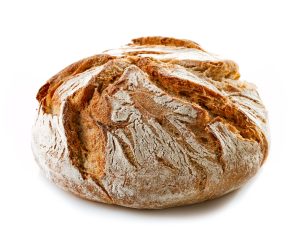
Examples are white bread, traditional French bread, specialty breads; in different forms such as baguettes, loaves, round loaves, braids and mini products; plain or special recipes (seed breads, whole grain, sourdough, etc.); unbaked, part-baked or fully baked; frozen or fresh; sliced or unsliced; individually wrapped or packed in bulk.

Buns and bread for sandwiches, hamburgers or hotdogs; bagels, paninis; world breads: Nordic breads, focaccia, tortillas, bagnat bread, flatbread for kebab or pitas, ciabatta, muffins; sliced or unsliced; fresh or frozen; individually wrapped or packed in bulk.
Sliced bread, white bread, specialty breads; with or without crust; sliced or unsliced; individually wrapped or packed up to ten or more products.
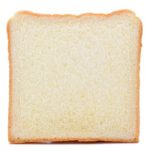
Vienna bread, brioche; plain, with added ingredients or filling; family or individual sized; fresh or frozen; individually wrapped or packed in bulk.
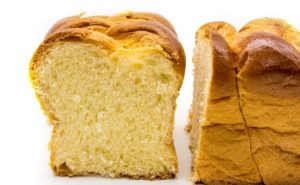
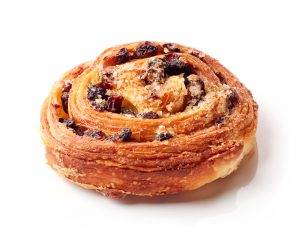
Leavened children’s snacks such as milk bread, cakes with filling and possibly toppings; fresh; individually wrapped or packed in bulk. Pay attention that they can also be packed individually and packed in bulk to be easily stored individually in a school bag for a quick snack.
Industrial dry bread: savory biscuits, rusk and toast
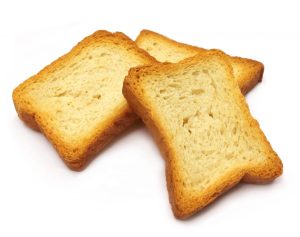
Examples are savory biscuits, rusks, plain or specialty recipes; sliced and prepackaged in film either individually or in groups, then boxed. Rusks or toasted brioche, plain or specialty recipes, sliced, packaged in groups in film and then boxed.
INDUSTRIAL VIENNOISERIE AND PUFF PASTRIES
Products made bu turning or folding the dough: puff pastries or pastries with flaky crusts.
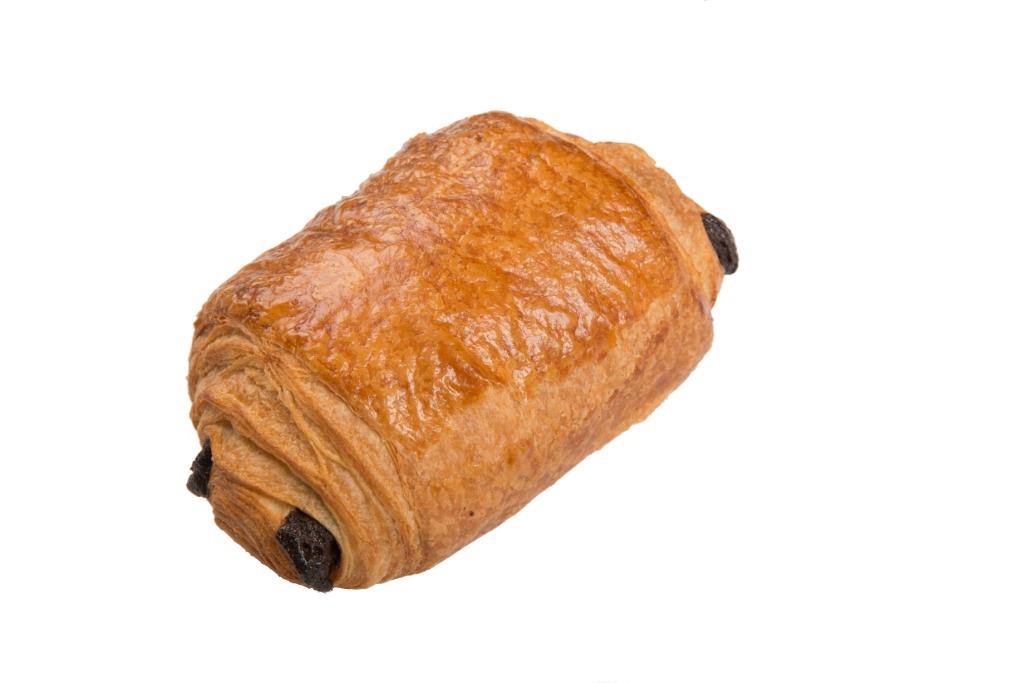
Examples are viennoiseries as croissants; plain or filled, chocolate filled croissants, raisin pastries, rolled pastries, Swiss brioche; plain or with associated ingredients, possibly stuffed or decorated with topping; maybe in mini sizes ; sold individually or in small or family sized formats; unbaked, pre-proofed, ready to bake or fully baked; fresh or frozen; packaged in film, individually or in groups.
Sweet puff pastries: individual or family sized; baked or raw; fresh or frozen; with or without toppings; plain or with associated ingredients, filled or decorated; packaged individually or in small or large quantities, or sold loose. Principal examples are apple turnovers, king cake, pie crusts, or dough for millefeuille/napoleon pastries.
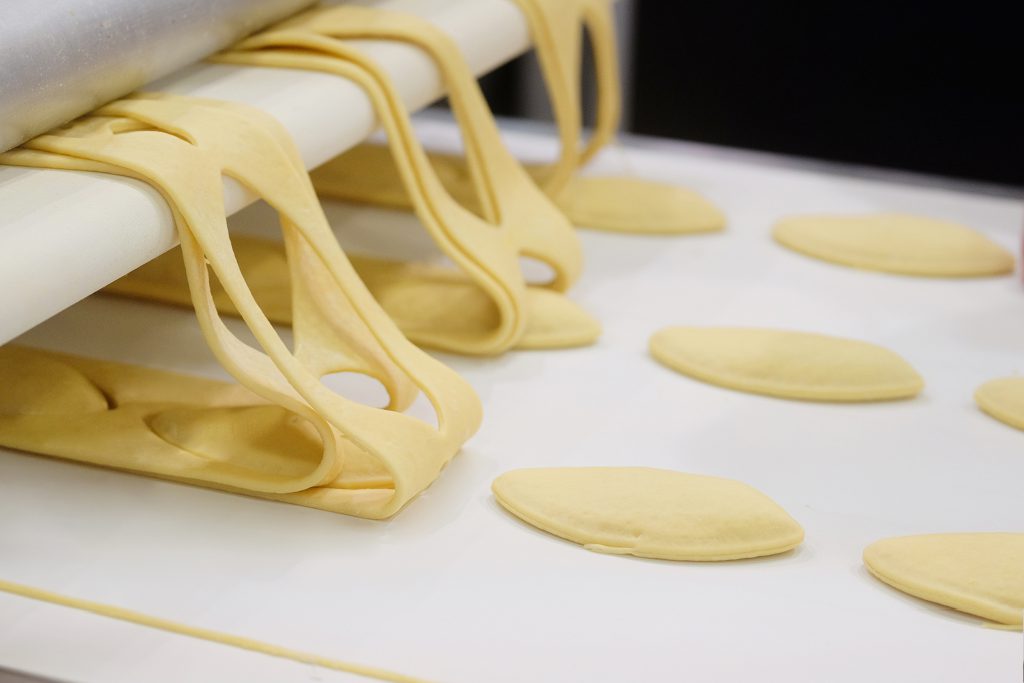
Savory salted puff pastries – there is a fine line between the products on this list and what would be considered delicatessen/deli foods. Here we have savory pies, vol-au-vents, savory cakes; with or without topping; baked or raw; fresh or frozen; packaged individually or sold loose.
INDUSTRIAL PASTRIES
Industrial pastry products
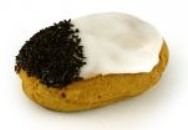
Some examples are traditional French pastries with pâte à choux: éclairs, religieuses, choux, salambo, and Paris-Brest; with or without topping or filling; fresh or frozen; in individual or mini sizes, prepackaged individually or in groups.
The list continues with traditional layered desserts such as millefeuilles, strawberry or raspberry cream cake, tiramisu, black forest cake, and the full range of macarons; fresh or frozen; in individual or miniature sizes, prepackaged individually or in groups.
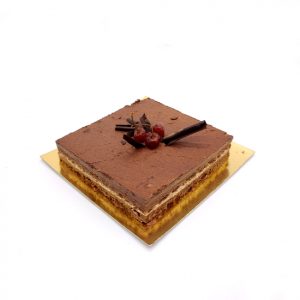
Preserved pasty products made from thick dough, such as cakes (pound cake, marble cake, etc.) madeleines, waffles, financiers or gingerbread; products made from thin batter such as crepes, fritter/beignets; possibly with topping or filling; fresh or frozen; usually individually packaged, or possibly packaged in small groups. Also included are children’s snacks derived from these products; fresh; prepackaged individually or packed in bulk. Pay attention that they can also be packed individually and packed in bulk to be easily stored individually in a school bag for a quick snack.

Included in this category are American products like pancakes, donuts, muffins, brownies, and possibly cookies and biscuits, cheesecakes, cupcakes, pies and bread; fresh or frozen; prepackaged individually or packed in bulk.
Products with molded crusts, sweet pies, tarts, flans, all types of products with custard; plain, partially or fully covered with topping; cooked or uncooked; fresh or frozen; in individual, miniature or family size formats; prepackaged individually or in small groups. Included in this line of products are flans, plain or flavored (coconut), fruit pies (apple pie, strawberry pie, lemon pie, etc.), meringue pies and chocolate pies.
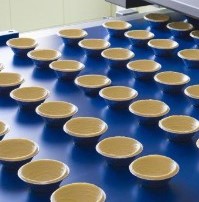
INDUSTRIALLY PREPARED SAVORY FOODS
Savory products made from industrial processes described below.
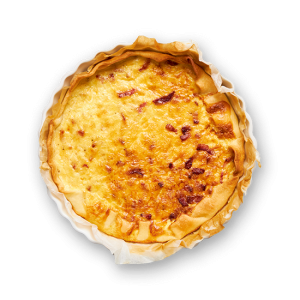
Some examples are products with molded crusts, topped with savory ingredients: pies or quiches with cheese, vegetables, meat or seafood; with or without toppings; cooked or uncooked; fresh or frozen; in individual, miniature or family size format, prepackaged individually or in small groups.
Also included are products with flaky crusts and savory ingredients: savory pies, vol-au-vents, savory crepes; with or without topping; cooked or uncooked; fresh or frozen; prepackaged individually or packed in bulk.
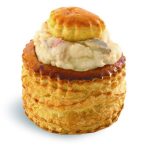
The list continues with cold sandwiches like the triangular club sandwich, or hot like croque-monsieur or croque-madame.
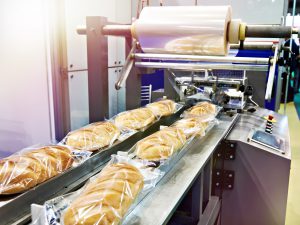
Garnished bread, festive breads, hors d’oeuvres, and leavened products for appetizers; fresh or frozen; in individual, miniature or family size format; prepackaged individually or in small groups.
The full range of pizzas and now pinsas with or without toppings; baked or unbaked; fresh or frozen; in individual mini or family size format; prepackaged individually or in small groups.
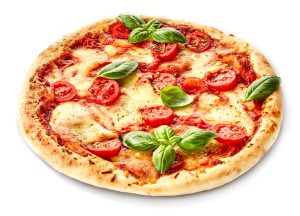
AND WHAT ABOUT THE INDUSTRIAL BISCUITS/COOKIES ?
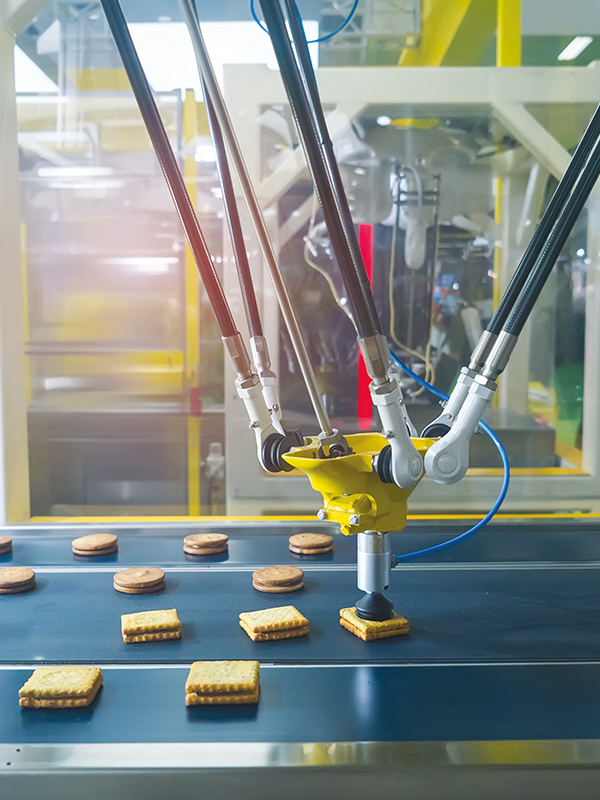
I’m not going to go into detail about the industrial biscuit sector in this list, but I can’t finish the article without some mention of it. It’s debatable whether to include biscuits and cookies as products of the industrial baking industry. Here are my arguments for both sides. From one point of view, biscuits cookies and crackers, as well as all products made from “thick dough”, are made by a process with certain particularities, techniques and equipment that distinguish them from standard industrial baking. On the other hand, and this is my personal opinion, the general process of biscuit making closely resembles standard industrial baking (kneading, shaping, baking and packaging).
There are so many technical common points that it would be a shame for us to not make use of our knowledge, and exclude biscuit making from our field of work. In reality, industrial baking and biscuit making are becoming closer and the line is becoming blurred between children’s snacks and biscuits (fun biscuits, cookies, dry and filled snacks, dry cakes, etc.), and standard industrial baking products (chocolate chip brioche, filled leavened snacks, etc.) , and they’re in direct competition at the end of each school day…
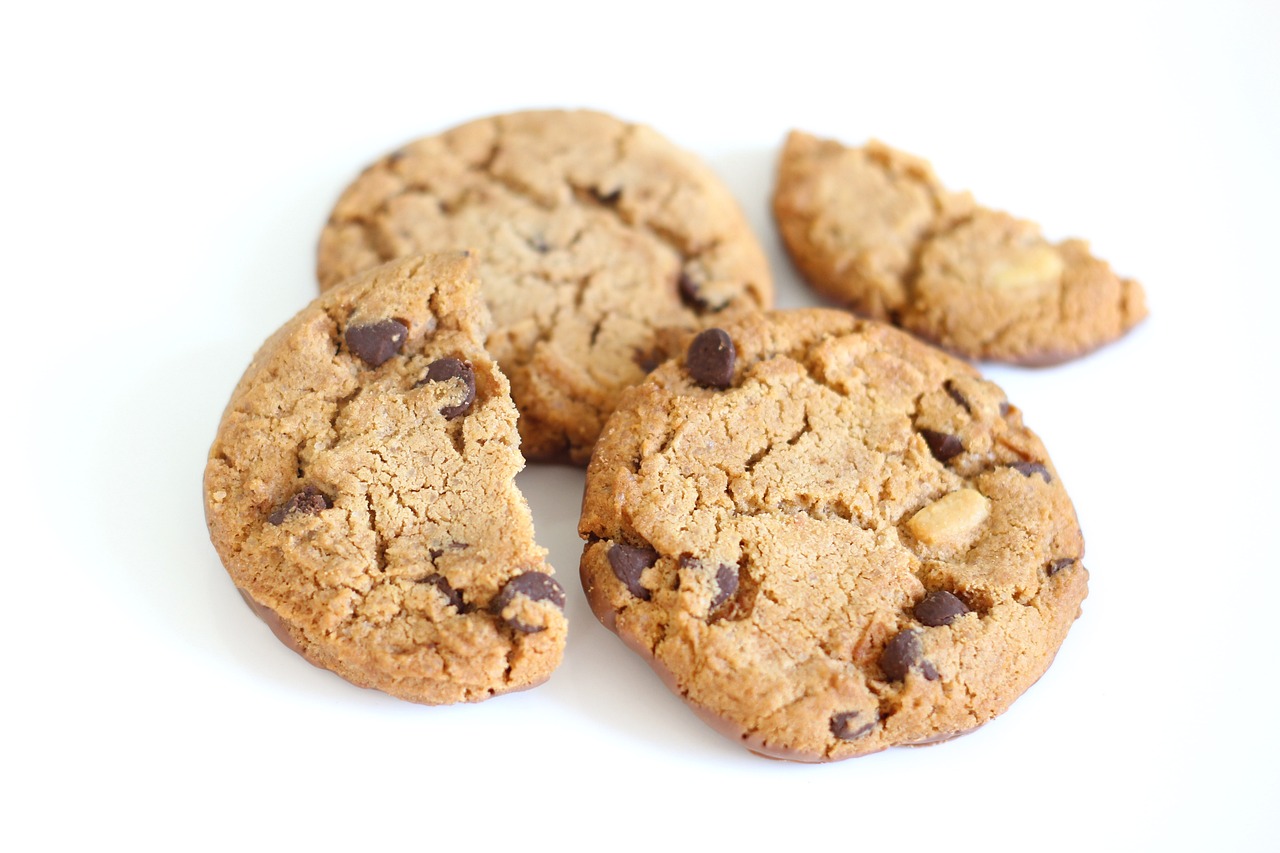
IN CONCLUSION...
The aim of this article was to give a precise and complete list of the range of products made in the industrial baking industry (BVP in French). This list attaches each product to a category and a manufacturing sector.
I have two final comments.
First, I’d like to point out that these different ranges of products are anything but static, they’re continually changing thanks to the active R&D in industrial baking. And lastly, each factory is unique, and it wouldn’t be fair to assume that the reality is as simple and theoretical as this list. Many industrial baking sites mix different types of products in order to diversify their product range and optimize resources. It’s not uncommon to see savory and sweet products or different types of leavening within the same factory. The ultimate goal of each industrial producer isn’t to adhere to categories, but to give value and satisfaction to their clients.
This article was written by Ronan Le Bourhis, founder of Hopi Consulting – “Engineering dedicated to the Baking Industry”. Find more articles about the Baking Industry on the Hopi blog.

